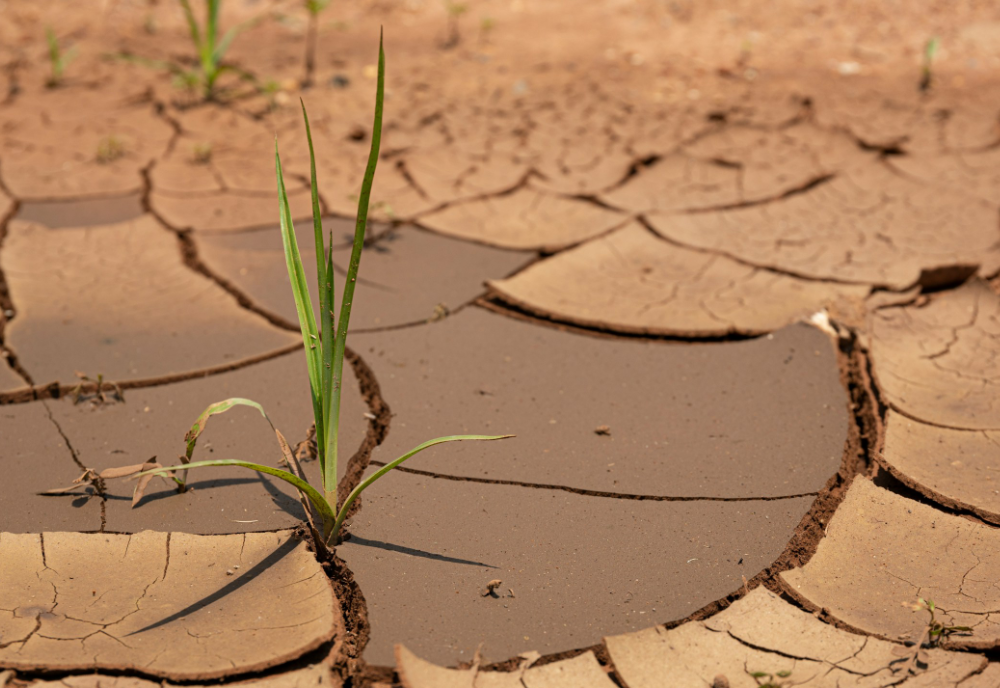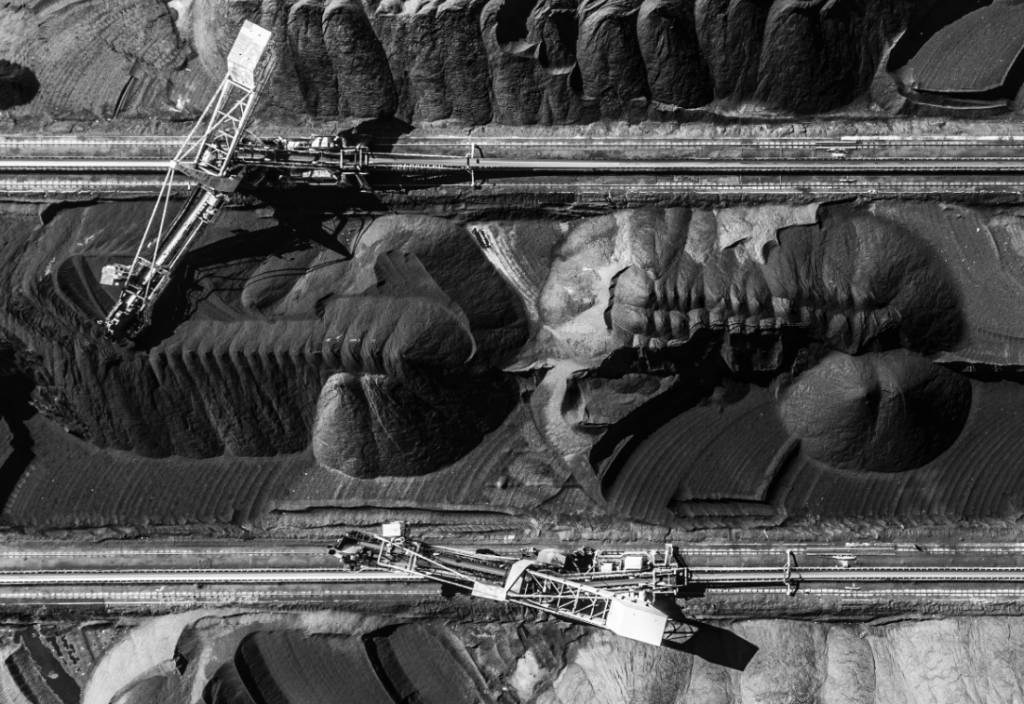As catastrophic flooding devastates parts of Queensland and northern New South Wales, the Intergovernmental Panel on Climate Change (IPCC) has released its second of three reports that make up the Sixth Assessment Report (AR6) on climate change.
And the news isn’t good.
This latest report confirms the severity of climate-related impacts worldwide and the urgent need for greater investment in our efforts to adapt.
Following on from the first report, which assessed the physical scientific basis of climate change, this second report (known as AR6 WGII) assesses the latest scientific evidence on climate-related impacts, adaptation and vulnerability.
The report, developed by the IPCC’s Working Group II (WGII), has been drafted by around 270 authors and peer-reviewed by governments and other stakeholders.
The report’s findings are particularly urgent as the window for us achieving the 2015 Paris Agreement goals continues to close.
No further delays
The AR6 WGII report unequivocally states that climate change is a threat to human health and wellbeing as well as the health of the planet. Any further delay in concerted global action will miss a brief and rapidly closing window to secure a liveable future for humankind.
Global warming of 1.1°C has already caused dangerous and widespread disruption in nature, affecting the lives of billions of people, despite efforts to adapt. In the absence of well-designed adaptation measures that strengthen resilience and support people and their communities who are at the highest risk, climate change will continue to impact nature and ecosystems, with inequitable impacts on humans.
Climate change exposes human populations and natural systems to risks. Every small increase in warming beyond 1.5°C will result in an increased risk of severe impacts.
There have been 127 climate-related risks identified and documented through the AR6 WGII report. These risks arise through unsustainable consumption and development practices in conjunction with increasingly frequent and severe climate events.
This combination has resulted in more than 40 per cent of the world’s population living in circumstances that are considered highly vulnerable, according to the report.
Importantly, the report concludes that efforts limiting global temperature rises to 1.5°C would significantly address anticipated climate-related losses, despite recognition that limits to adaptation have already been reached in some ecosystems.
Beyond human health and wellbeing
Climate change is already resulting in wide-ranging impacts on human populations across the world. Be they cultural, social or economic – these impacts can have substantial consequences for human health and wellbeing.
The AR6 WGII report suggests with increasing scientific certainty that climate change is already contributing to physical and mental injuries and death. There are estimates that more than 250,000 deaths every year will be attributable to climate change by 2050.
These health impacts will be experienced in several ways, including exposure to diseases associated with food, water and animals, which are expected to increase in some regions in the absence of any further efforts to adapt.
Adverse mental health effects of extreme weather events are also expected to increase, particularly for children and adolescents, the elderly and those with pre-existing health conditions.
Closer to home, the report reaffirms the importance of understanding the intricate links between nature, humans and society (sometimes referred to as ‘planetary health’) to reduce the impacts on Australian communities.
Australia has already been hit hard by climate-related extreme weather events, which have worsened biodiversity loss, altered natural systems and deepened social inequities that contribute to cultural, health and economic impacts across the country.
Specifically, the AR6 WGII report details Australian climate trends that see increasing heat waves, more rainfall in the north and more extreme fire risk in the south-east.
As we saw with the 2019-2020 Black Summer bushfires and we’re seeing now in the current flooding in the country’s north, climate events like this can disrupt and devastate infrastructure, supply chains, habitats, homes and lives – as well as costing our communities billions of dollars.
A new area of focus in this report is the cascading and compounding impacts of climate change.
For example, in Australia, the devastating Black Summer fires followed a severe drought, which was then followed by floods in parts of the country. But because there is often little time between the onset of these climate extremes, we have little time to recover.
Developing climate resistance
The current and increasing risk of climate-related vulnerability is a sober reminder that, in the absence of ambitious climate action, the worst is yet to come for human populations.
The AR6 WGII report concludes that, in general, action has been slow on the adaptation front, and to reduce climate-related health risks – we need much more cross-sectoral collaboration.
The AR6 WGII report determined that investment in adaptation measures that support health and wellbeing remains woefully low.
Additional investment that supports climate-resilient and sustainable development globally is fundamental if we are to reduce the impact on human populations. Developing better physical infrastructure and disaster-recovery practices can help address existing and potential inequities while also improving population health and wellbeing.
Strengthening health systems can reduce the impacts of infectious diseases, heat stress and other climate-related risks, as well as the trauma associated with extreme events.
This is especially effective if it’s combined with other measures – like disease surveillance, early warning systems and improving access to potable water.
And the return on investment in climate-resilient development is clear.
When quantified and monetised, the health and other co-benefits (which are benefits that arise from implementing well-designed climate policy) exceed the costs associated with implementation.
Here in Australia, the report found that while adaptation efforts have increased across governments, non-government organisations, businesses and communities, our progress is lagging.
A proactive, inclusive and cross-sectoral approach is vital to avoid the worst of climate change in Australia. Importantly, the role of First Nations peoples in sharing valuable adaptation knowledge and practices can only help adaptation efforts.
We need urgent action to adapt to climate change and make rapid deep cuts in greenhouse gas emissions.
We aren’t on track to achieve a climate resilient, sustainable world. The choices we make over the next decade will determine our future. Australia has an economic opportunity domestically and an ethical obligation regionally to deliver the emissions reductions that are necessary to build a climate-resilient future.
A contributing author to this article was Dr Belle Workman, Research Fellow at Melbourne Climate Futures, Melbourne Law School, University of Melbourne.
This article was originally published on Pursuit. Read the original article. It is republished under Creative Commons.
Photo by Richard on Flickr. It is republished under Creative Commons.













